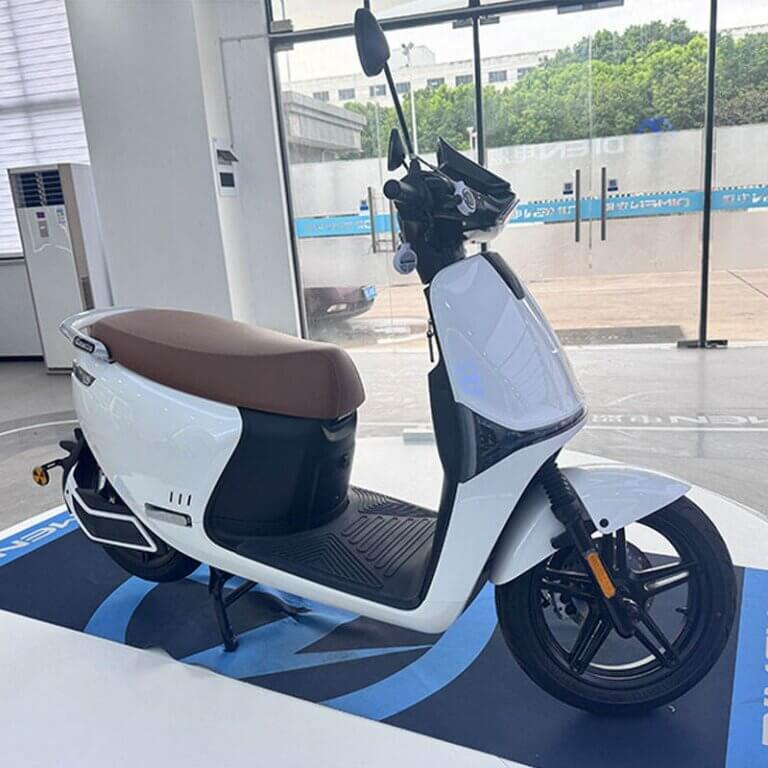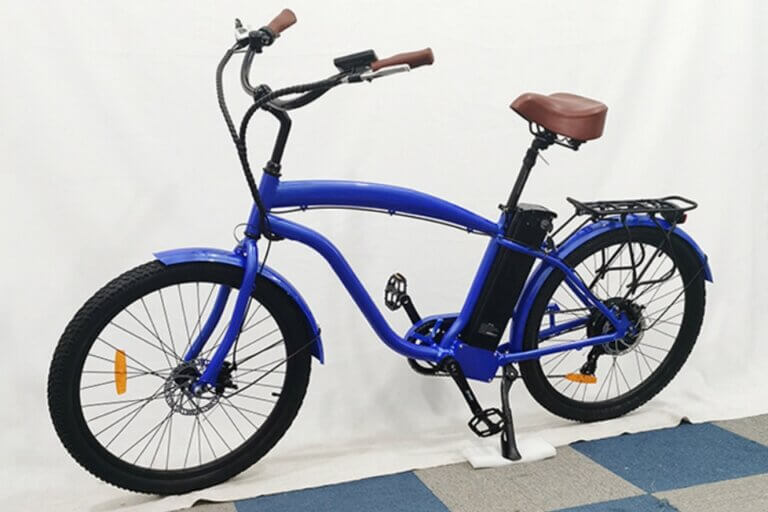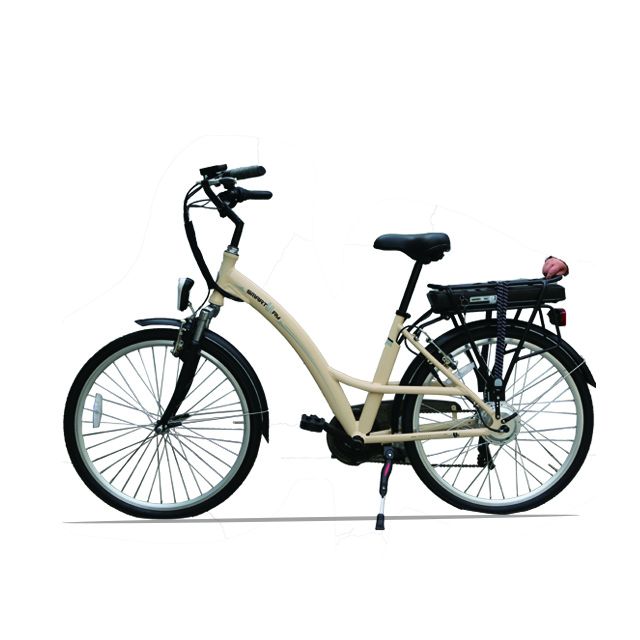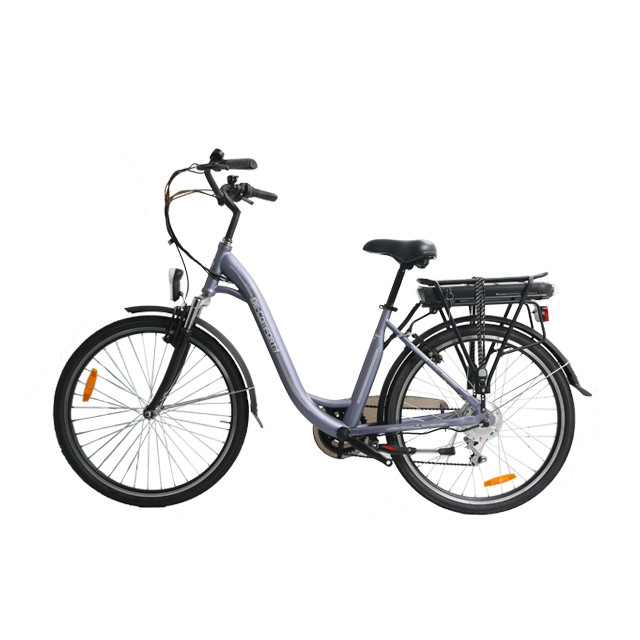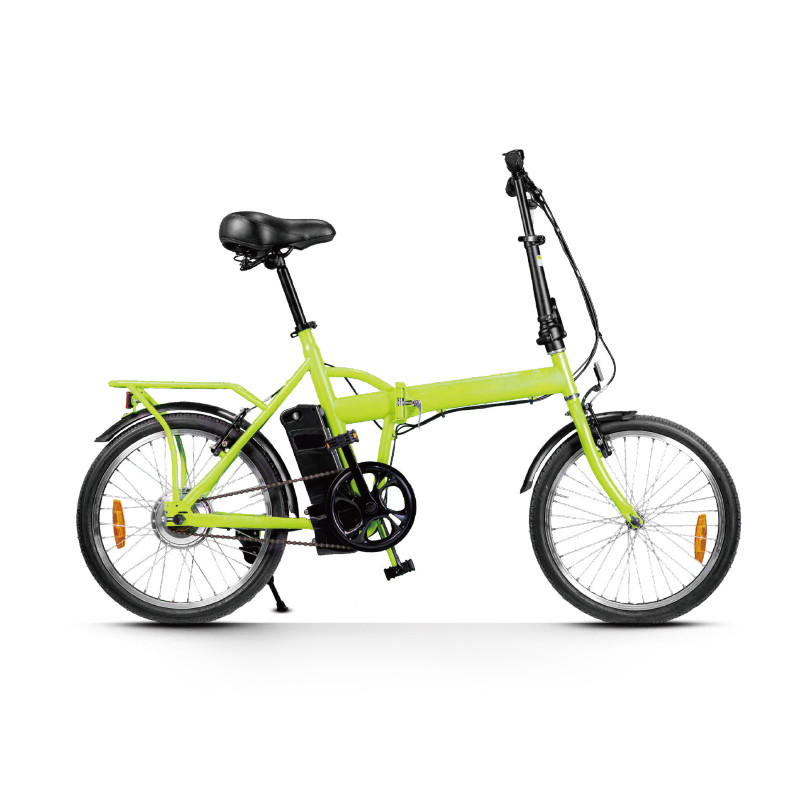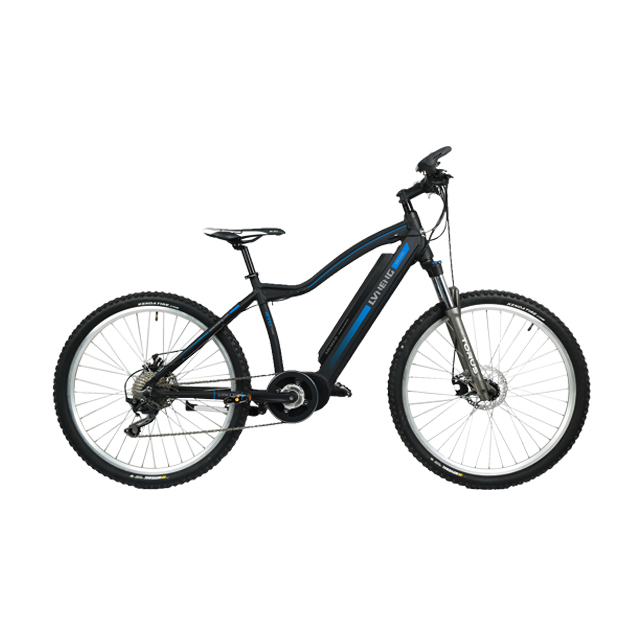-
414 Block B, ZT Times Plaza, Wuhan, Hubei, China
Blog
Private Label Manufacturing for Adult Foldable Scooters
From a 15Y electric scooter manufacturer plant’s point of view—fast, practical, no fluff.
You want a foldable electric scooter line with your badge on the headtube, stable supply, and clean margins. Here’s how private label (OEM/ODM) actually lands—with real-world checkpoints, not theory.
Foldable Electric Scooter OEM/ODM: the two tracks you can choose
ODM (platform tweak): you take an existing platform, adjust cosmetics, spec a different tire/brake/battery pack, push to market quick. Lead time shorter, tooling low, differentiation so-so.
OEM (deep custom): your frame silhouette, folding joint geometry, custom controller tune, app UI. Real moat, but more validation and more patience.
At EZBKE, both tracks sit under one roof: Foldable Electric Scooter category, plus product families like K1 and K2 for adult riders. (Internal refs: Foldable Electric Scooter, K1, K2 on ezbke.com)
Foldable Electric Scooter: compliance, durability, and city use first
Riders care about not getting stranded. Street realities: rainy commutes, curb hops, potholes, 25 km/h zones, subway stairs. So your private-label spec should bias to:
- Folding joint life (think >10k cycles in lab; urban riders abuse hinges).
- Redundant braking (mechanical + electronic regeneration, safer downhill).
- Ingress protection (loom, connectors, display, deck seals).
- Wheel/tire choice (10–16 inch class for passability; pneumatic or honeycomb).
- Battery module serviceability (swap/repair windows, not glued shut).
- Speed profiles (city mode ~25 km/h, plus safe Eco/Sport steps).
- Controller tuning (smooth start, anti-rollback on ramps).
These aren’t buzzwords; they’re the difference between a no-return launch and a ticket storm.
Adult Foldable Scooter private label: the sourcing questions that matter
Ask factories for these, every time:
- Process control: IQC / IPQC / OQC checkpoints + line-end dyno/brake tests.
- Traceability: battery lot + controller firmware hash tied to serial number.
- DFM/DFA pack: drawings with fastener map, torque spec, adhesives list.
- Pilot run proof: 50–100 pcs pilot with failure Pareto + fix plan.
- After-sales kit: brake pads, tires, hinge kit, controller, display, lamp, kickstand.
If these papers exist, you’re not their first rodeo.
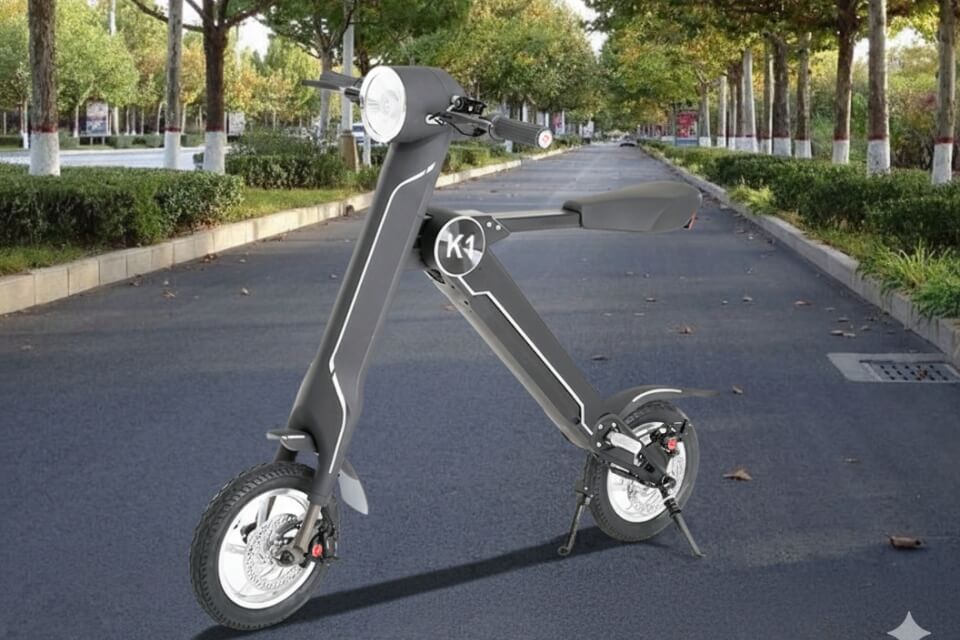
Foldable Electric Scooter (K1, K2) as your fast-track base
- K1 electric motor foldable scooter adult manufacturer: adult geometry, commuter orientation, stable center-fold layout. Good for white-label with quick cosmetics, and practical for fleet pilot.
- K2 folding adult electric bicycle scooter manufacturer: more robust frame style, upgrade ceiling higher (motor torque, battery Wh, brake packages) for “Pro” SKU later.
Translate that to: K1 for fast entry, K2 for step-up model—same service backline, shared spare kit logic. You can cross-sell without re-training service techs.
OEM/ODM workflow for adult foldable scooters (simple, but strict)
- Brief & target rider: commuter persona, typical route length, hills %, climate.
- Platform decision: ODM (K1/K2 base) → or pure OEM (new frame set).
- Spec freeze: motor class, pack Wh, brake system, tire, IP target, fold joint life.
- DFM + EVT/DVT: engineering validation, drop/rumble/water tests, firmware tune.
- Pilot run: real build, real QC data, fixes closed.
- Branding set: deck logos, carton, user manual, warning labels, SN plate.
- SOP & AQL: write it down—don’t leave QC to vibes.
- Shipment: choose Incoterms (FOB if you own freight; DDP if you want low headache).
- Launch kit: spare pool + how-to videos + ticket SLA.
- Post-launch: field data → controller map tweak → quiet revision. Done.
Table: pain points → what to spec → how EZBKE lands it
| Buyer Pain Point | What to Spec (no-nonsense) | How We Ship It (EZBKE, K1/K2 examples) | Business Impact |
|---|---|---|---|
| Returns from loose hinges | Fold joint life target, torque map, threadlock plan | Pre-torque SOP + hinge kit in spare pool; pilot run verifies | Fewer RMAs, better reviews |
| Water ingress kills displays | IP target for harness/display; potting where needed | Sealed loom, gasketed display, deck sealing SOP | Lower warranty, city-proof |
| Jerky launch, angry riders | Controller ramp map + regen profile | Firmware tune per pack/motor; Eco/City/Sport curves | Happier commuters, safer starts |
| Brake fade on long hills | Dual-system brake + rotor spec + cable routing | Mechanical disc + e-brake pairing, heat-load tested | Confidence downhill, fewer accidents |
| Slow spare parts | SKU-aligned spare kit + ticket SLA | K1/K2 shared spare logic; fast-swap modules | Uptime for fleets, less churn |
| “Different markets, diff limits” | Region speed profiles + label sets | City mode ~25 km/h profile, multilingual decals | Clean compliance, no headache |
| Unclear QC | AQL table, PPAP light, line-end test | IQC/IPQC/OQC with record; dyno + brake stand | Predictable quality, fewer surprises |
(Note: table is illustrative; no per-unit cost math disclosed.)
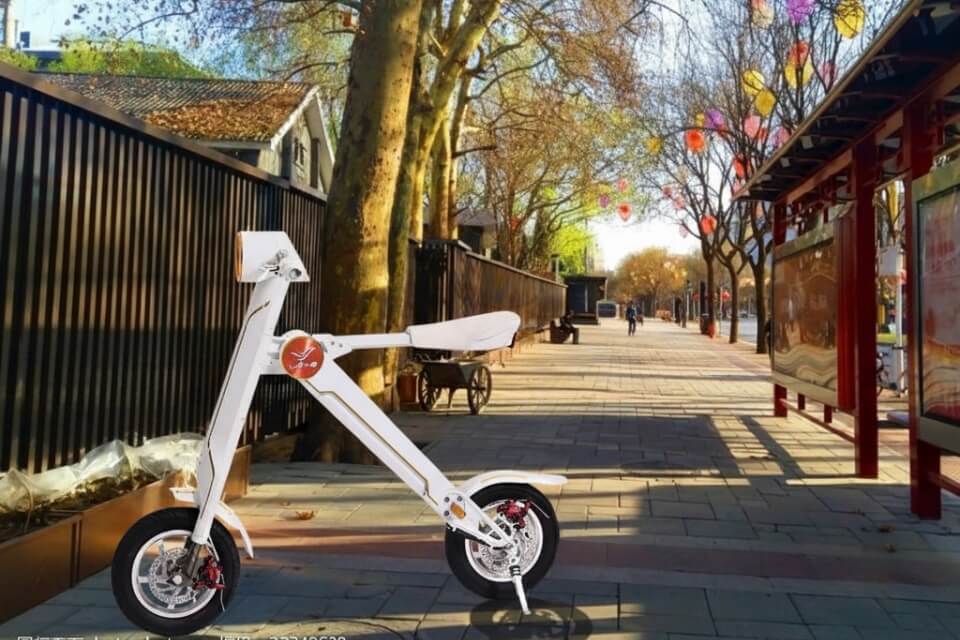
Private label keywords you should use in contracts
- MOQ (don’t over-commit; stage volumes by quarter)
- Lead time (line capacity + buffer weeks)
- AQL (incoming + outgoing)
- DFM/DFA (design for manufacture/assembly)
- Pilot run (go/no-go gate)
- Firmware freeze (prevent “mystery” updates)
- SLA (ticket close time, spare dispatch)
- Change control (ECN with sign-off)
- Incoterms (FOB vs DDP, clarity saves emails)
They look like “factory jargon”, but they literally protect your margin.
Real-world scenes where adult foldable scooters win
- Train-to-office: fold in 3s, carry like luggage, unfold curb-side, city mode engaged.
- Last-mile delivery: larger tire option, tough deck, swap spare tube in 10 min.
- Campus fleet: geo-speed profiles, less vandal-attraction paint, simple lock point.
- Condo sharing: app pairing on first ride, shared charger bank in lobby.
- Weekend glide: Sport map for empty riverside paths, quick regen tweak for fun feel.
Design for these scenes and your SKU names basically write themselves.
Brand angle: don’t just print a logo—own the narrative
Private label ≠ sticker. Treat it like a brand:
- Look/feel: headlight signature, deck texture, color story.
- Tone: rider-first manuals (“Hey, here’s how you fold it clean, no finger pinch”).
- Service: QR on the stem → video micro-manual.
- Story: urban freedom, not spec dump. Natural product page flow under your Foldable Electric Scooter category, with K1 (entry) and K2 (pro/robust) as a simple path.
If you’re building a sub-brand (say Urban M), make the naming, colors, and carton assets consistent. Feels premium without pretending too hard.
Foldable Electric Scooter category fit
You sell Electric Bike, Electric Kick Scooter, Electric Motorcycle, Foldable Electric Scooter, Sharing Scooter. Private label should plug into that architecture:
- Use the category page to collect long-tail: foldable electric scooter, adult foldable scooter, commuter e-scooter.
- K1 page and K2 page carry the deep spec and usage photos; both link back to category for crawl depth.
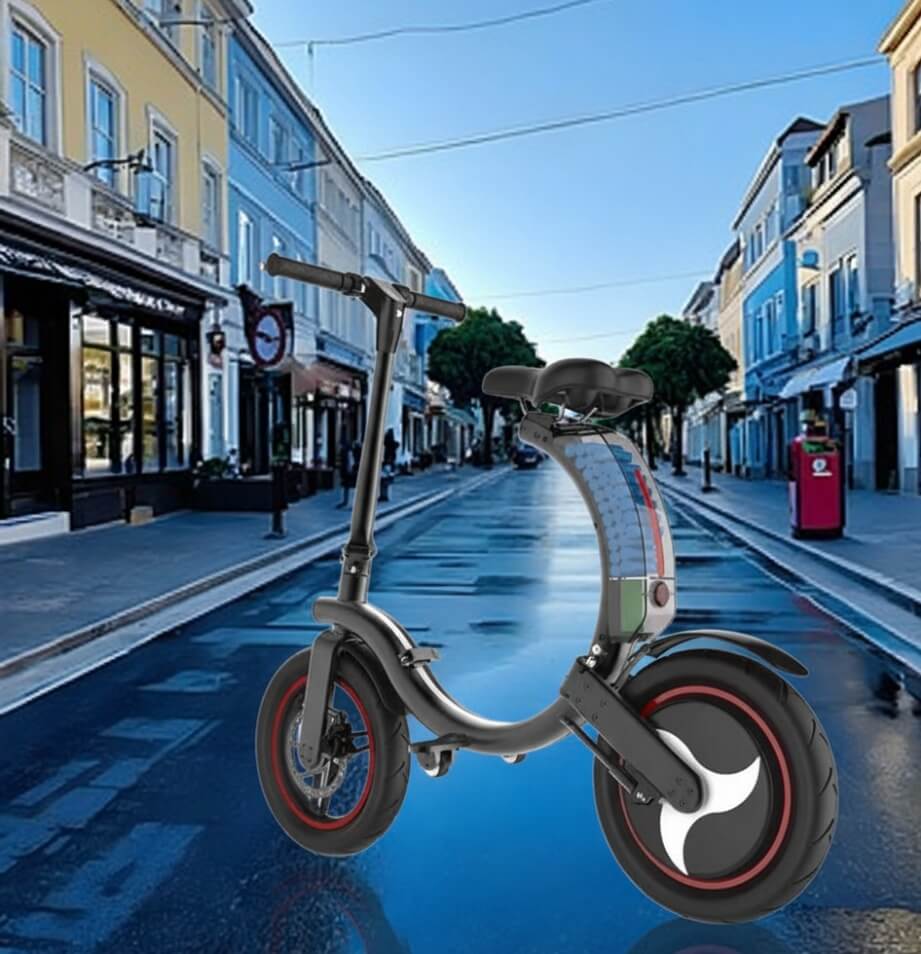
Why EZBKE for private label (short and straight)
- 15 years building micromobility—line discipline shows.
- ISO-certified production—repeatability beats “artisan luck.”
- OEM/ODM both lanes—start with K1/K2, then your private frame when data proves it.
- Bulk order friendly—but we don’t push you off a MOQ cliff on day 1.
- After-sales ready—spare kits and ticket SLAs baked in.
You get a commuter-proof adult foldable scooter line without inventing a factory from scratch.
Quick Checklist (copy/paste into your brief)
- Target rider: city commute / hills?
- Base: K1 (fast entry) or K2 (step-up)
- Tires: 10–16″, pneumatic or honeycomb
- Brakes: mech disc + e-brake pairing
- Battery: serviceable pack, clear Wh target
- IP: loom, display, deck seals
- Fold: life target + torque map
- Firmware: Eco/City/Sport, smooth launch
- Docs: manuals, labels, SN plate, carton
- QC: IQC/IPQC/OQC + AQL
- Pilot: 50–100 pcs, fixes closed
- Spares: pads, tires, hinge, controller, display, lamp, kickstand
- Terms: lead time, MOQ, FOB/DDP, SLA




